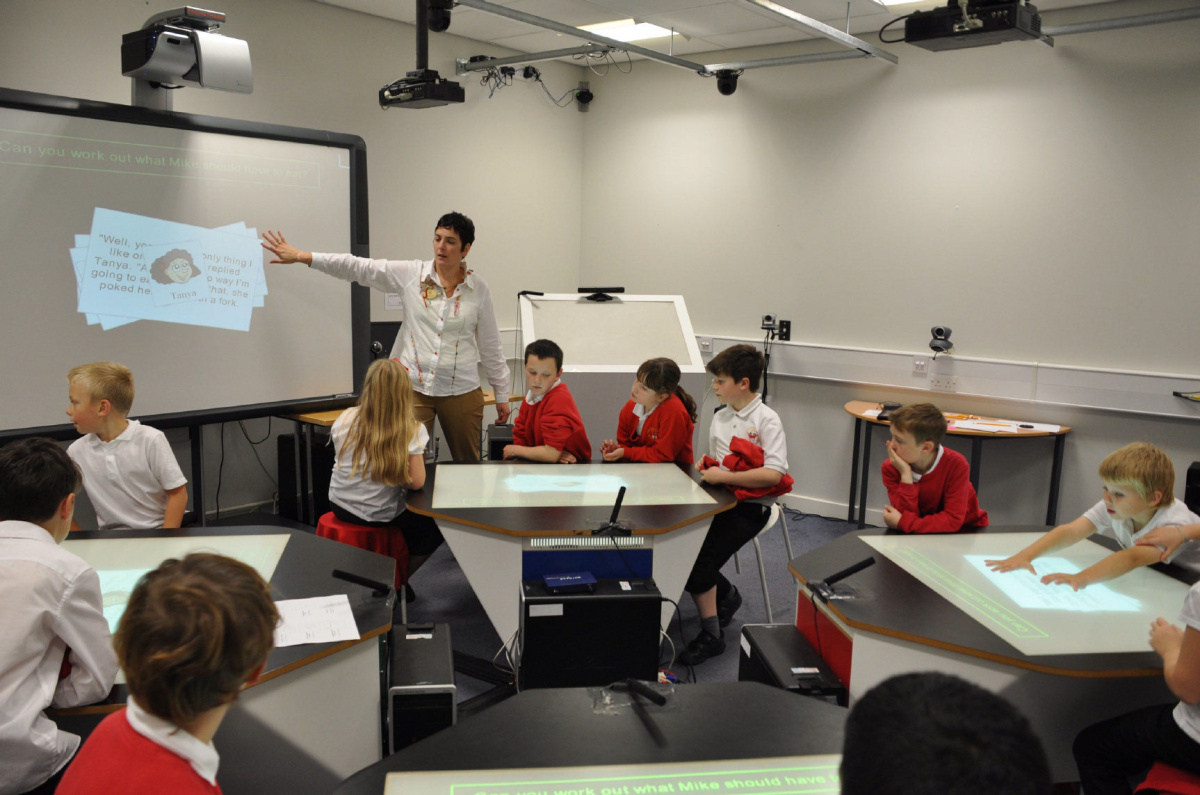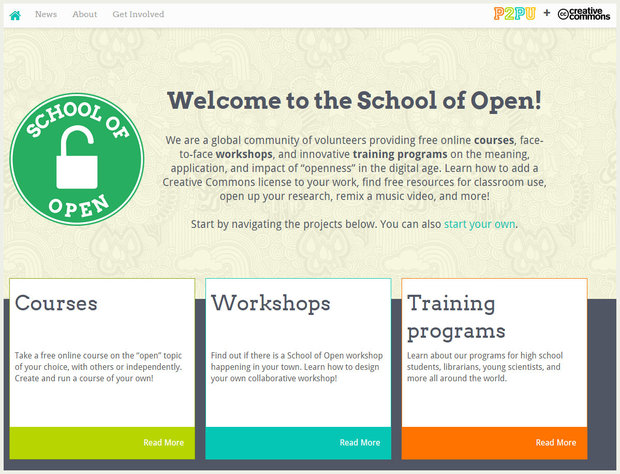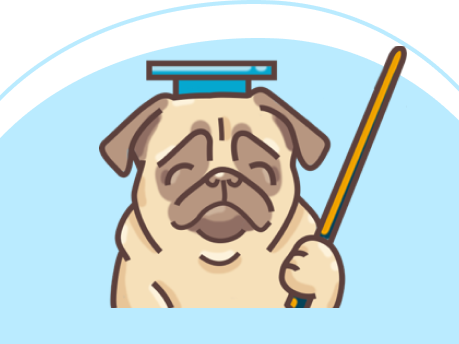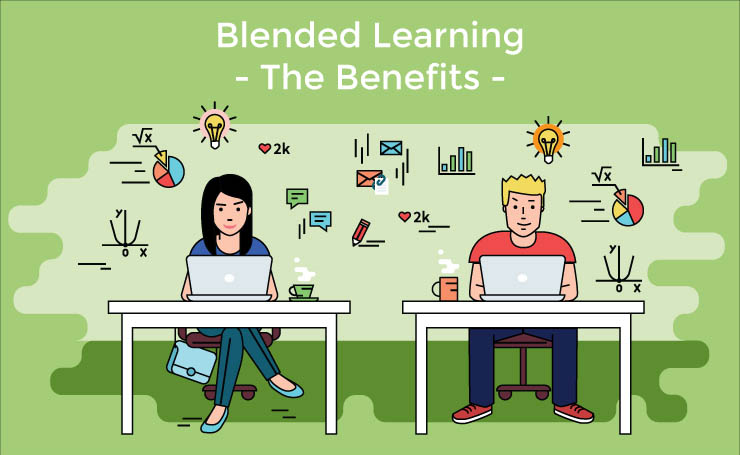For most people, education means the classroom environment with a teacher up front with a chalkboard and the students sitting in rows to listen to lectures and jot down notes.
This style of learning was formed over centuries of trial and refinement, from the Ancient Greeks to the Industrial Revolution and all the way to modern times.
It’s now facing another sea change with the advent of online technology and the new ways that people can learn in the 21st century classroom.
Examples of Unconventional Learning
There are some current examples that have been shaking things up for the rest of the world. For instance, Finland is now known for an educational system that would make conservatives’ eyes twitch.
Her Scandinavian neighbors are all known for their own high educational standards, but Finland’s is rather even more unorthodox in comparison. For one thing, Finnish students rarely get exams or homework.
They also don’t start school until they’re 7, and their first six years of education are not graded; their only mandatory standardized exam is taken at age 16.
Students are not segregated between those who perform very well and those who don’t perform as well; they’re all taught in the same classroom.
Also, teachers in Finland only spend 4 hours a day in the classroom and take 2 hours a week for “professional development”. There are also more teachers per student available compared to the rest of the world.
Many of these are ideas that others would view as counterproductive to learning, but they’ve proven to be great for keeping students engaged in learning. Finland has the highest graduation rate among all European countries and the smallest gap in student performance in the world.
This means that more citizens in Finland are “properly educated” compared to the rest of the world, making them an envy of educators everywhere else.
Then there’s a novel form of teaching that is now used in 15,000 schools and taught to around 5 million students. Some may think it’s rather silly, but its wide implementation shows how well it works. It’s known as Flocabulary, a rather unconventional way to teach vocabulary and United States history that was inspired by hip-hop music.
It was founded in 2004 and has since become one of the great ways to keep students engaged while learning proper English vocabulary and pronunciation. While it may seem silly for traditionalists, it has proven its effectiveness.
Education Systems and Concepts Prior to the 21st Century
Let’s look into the more established ways of education and schooling that has been the standard for a very long time. There’s Montessori education and the Socratic method, two schools of thought in education that have stood the test of time and proven to be great foundations for facilitating teaching and learning.
There’s also homeschooling, which has yielded some of the most brilliant minds throughout history – as well as its evolution that’s also worth noting: “Hackschooling”.
There’s also unschooling, which many would view as counterproductive but has come up with great results as the learner gets to choose what he/she wants to learn instead of being subjected to mandatory education.
Online Learning
Of course, due to the advent of online technology, the latest and greatest in education is online learning. Whether it’s a computer or a mobile device like a phone or a tablet.
It’s now possible to learn so many things through the Internet with online learning platforms that are now widely available these days.
There are many online learning platforms and tools that give you various ways to learning, from the more straight-up approach to the more off-the-cuff.
For instance, there’s School of Open that offers both standalone and facilitated courses for free. It is powered by the grassroots open education project Peer 2 Peer University and Creative Commons.
There’s also Duolingo, which lets you learn a new language through its novel crowdsourced text translation platform that lets users slowly but surely learn one of thirteen available languages – Spanish, French, Italian, German, Portuguese, Dutch, Irish, Danish, Swedish, Norwegian, Ukranian, Turkish, and Esperanto.
If you’re interested in becoming a better artist, Drawspace offers a library of free downloadable art lessons by established artists and art teachers.
Another one is the School of Doodle, an upcoming online art learning platform backed by powerful figures in the creative world and are aiming to bring art learning by giving students “doodle dollars” that can then be used for buying real products.
A novel learn-and-earn concept being put to practice.
Finally, there’s Skillshare, an online learning community that teaches project-based classes in a variety of subjects. Users can enroll in some free classes, while paid members can gain unlimited access to hundreds more.
Other online learning platform providers worth noting – based on this list by GettingSmart.com:
Comprehensive Platforms (LMS & content)
Advanced Academics: dropout prevention, credit recovery
Amplify: a smart tablet bundle
Apex: high school courses and new blended tutorials solution
Edginuity: powers Carpe Diem’s secondary blend
Flipswitch: powers Primavera online high school in AZ
Pearson’s Grad Point: NovaNet & FLVS content
Vschoolz: a blended learning solution
SevenStar: a Christian perspective
Edmentum: Plato Courseware
Learning Platforms
Agilix: maker of Brainhoney and xLi solution
Blackboard: Angel, Moodlerooms
- CompassLearning Odyssey: adaptive when powered by NWEA MAPS
BrightSpace: more higher ed than K-12 penetration
Edmodo: leader in social learning
Education Elements: blended learning management
Instructure Canvas: hosts open MOOC Canvas.net
Moodle: open learning management system
Schoology: LMS with collaborative tools
Haiku learning: LMS with new features
Other Popular Online Schools
There are now plenty of online learning outlets available on the Internet now, many of which are free for those who are eager to learn. There’s KhanAcademy.org, Coursera, Alison.com, and OpenCulture that are all about online learning.
They have a plethora of different courses on various subjects that are definitely useful for autodidacts and students who want to supplement their current education.
Note: If you’re interested in knowing more about online learning programs for K12 and College students, this useful guidebook from AccreditedSchoolsOnline.org might come handy: A guide to Online Schools
And if you wish to learn specific skills like building websites, graphic design, video production, and so on, there are websites like Lynda.com and Tuts+ that have numerous instructionals on a wide array of skill-specific topics.
They have exercise files included that can be loaded in that particular software so you can follow along with the instructional. With them, you can go from not knowing anything at all to having crucial skills for both work and your own purposes.
There are also free online courses offered by established institutions. MIT OpenCourseWare is the most famous example, letting you learn from the curriculum of one of the best and most famous technical schools in the world.
There’s also OpenColleges.edu.au for those who want an even broader scope (proving that online learning is not just applicable to students from western hemisphere).
Conclusion
There are even more ways to learn in the 21st century that are open to even those who are no longer attending school. This is truly a great time to be alive as there has been no other point in history when just about everyone has such unprecedented access to knowledge and learning as this.
















